
Roboflow
Founded Year
2020Stage
Series B | AliveTotal Raised
$62.75MLast Raised
$40M | 10 mos agoRevenue
$0000Mosaic Score The Mosaic Score is an algorithm that measures the overall financial health and market potential of private companies.
+258 points in the past 30 days
About Roboflow
Roboflow provides a suite of computer vision tools for developers and enterprises in the technology industry. Its platform includes data annotation, model training, and deployment solutions for various sectors such as healthcare, automotive, and security. Roboflow's tools allow users to manage image data, label datasets, apply preprocessing and augmentations, convert annotation formats, and deploy models via API or edge devices. It was founded in 2020 and is based in Des Moines, Iowa.
Loading...
Roboflow's Product Videos
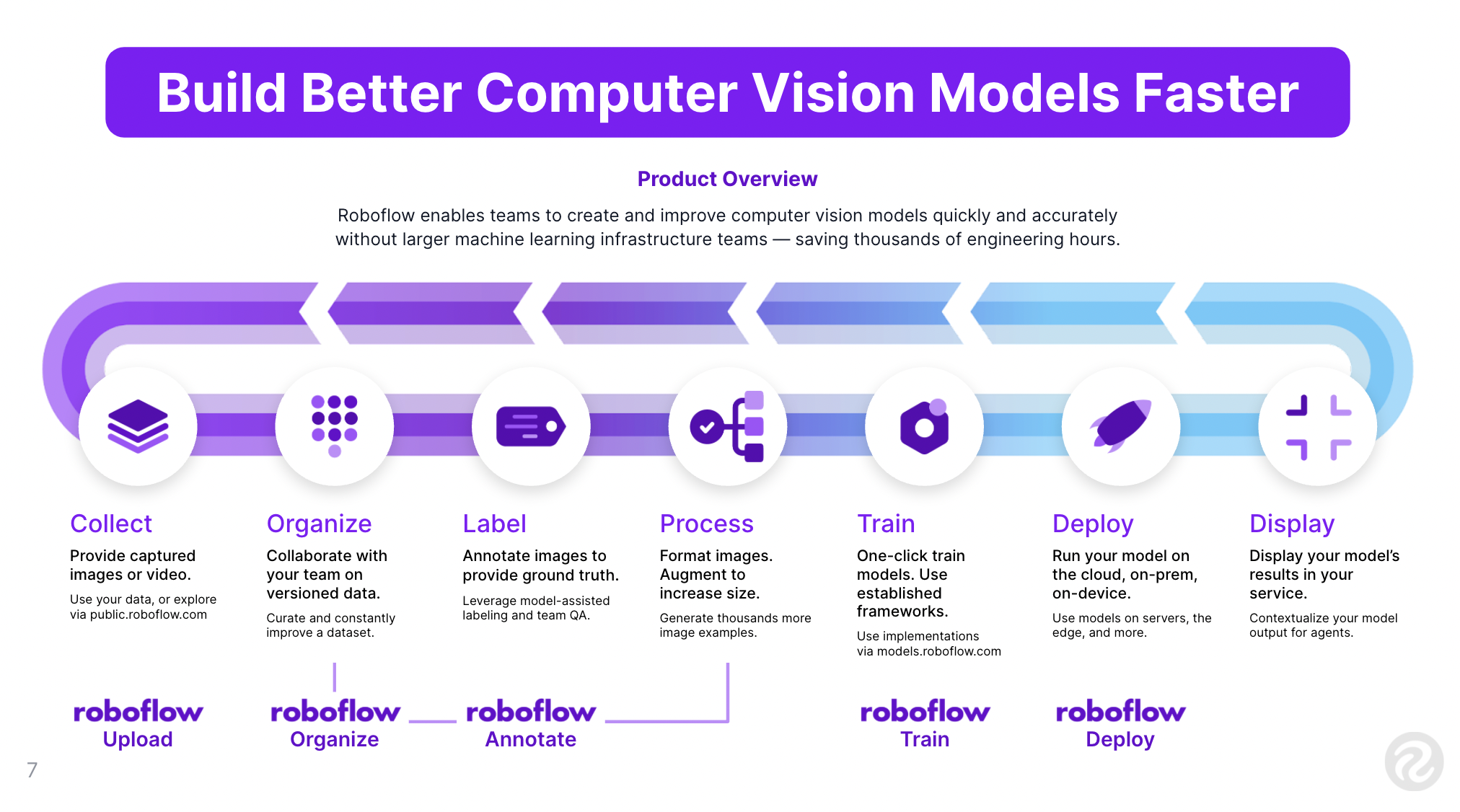
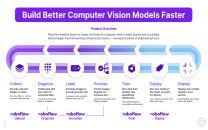
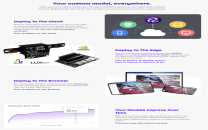
ESPs containing Roboflow
The ESP matrix leverages data and analyst insight to identify and rank leading companies in a given technology landscape.
The data annotation market provides services and platforms for labeling large volumes of structured and unstructured data to train AI and machine learning models. This market includes text classification, image annotation, video labeling, audio transcription, and semantic segmentation solutions, with offerings ranging from fully managed human annotation services to AI-assisted automation platforms…
Roboflow named as Challenger among 15 other companies, including Scale, Voxel51, and Snorkel AI.
Loading...
Research containing Roboflow
Get data-driven expert analysis from the CB Insights Intelligence Unit.
CB Insights Intelligence Analysts have mentioned Roboflow in 1 CB Insights research brief, most recently on Aug 22, 2025.
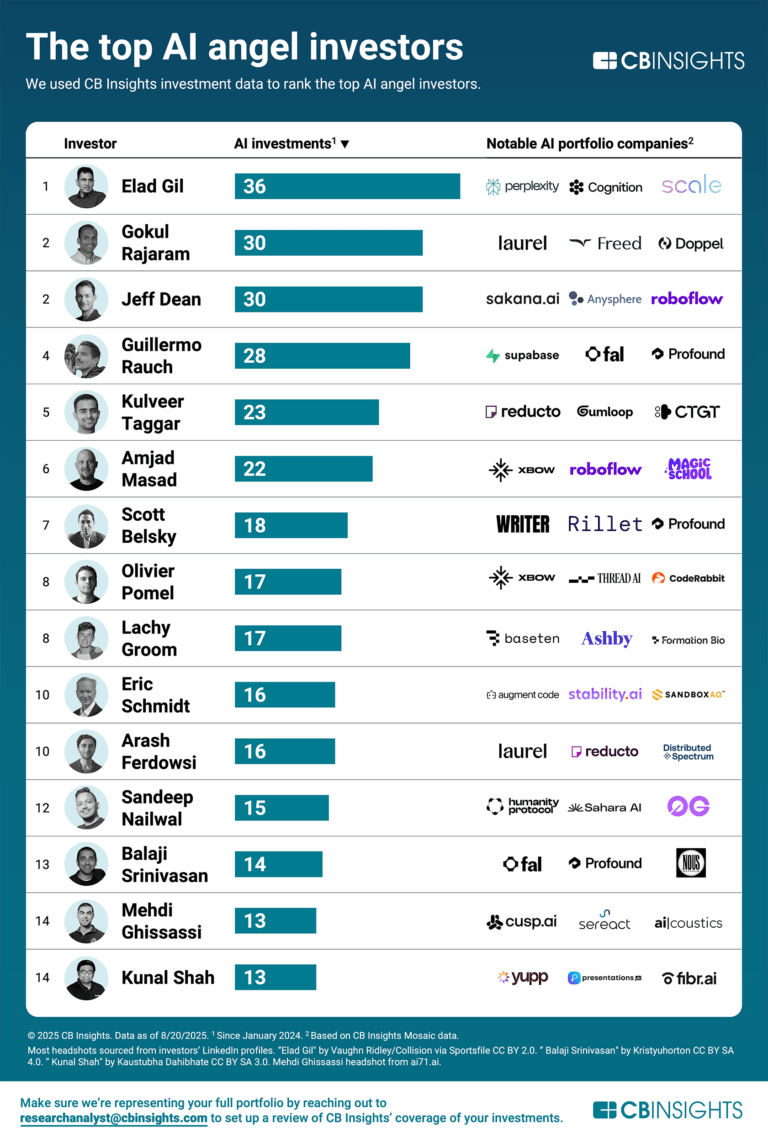
Aug 22, 2025
The top angel investors in AIExpert Collections containing Roboflow
Expert Collections are analyst-curated lists that highlight the companies you need to know in the most important technology spaces.
Roboflow is included in 1 Expert Collection, including Artificial Intelligence.
Artificial Intelligence
10,195 items
Latest Roboflow News
Aug 4, 2025
August 4, 2025, 10:09 am IDT “Vision models aren’t smart!” This blunt assessment, delivered by Peter Robicheaux, ML Lead at Roboflow, cut through the AI Engineer World’s Fair in San Francisco, setting the stage for a compelling argument about the current state and future trajectory of computer vision. Robicheaux spoke on the inherent challenges preventing vision AI from achieving the “smartness” seen in large language models (LLMs), introducing Roboflow’s new RF-DETR model and RF100-VL dataset as crucial steps toward bridging this intelligence gap. While LLMs have made astounding strides by leveraging vast internet-scale pre-training, computer vision models, according to Robicheaux, have not enjoyed the same leap in general intelligence. This disparity stems from fundamental differences in how visual data is processed and applied. Unlike text, computer vision often demands real-time processing, edge deployment, and the ability to handle “long-tail” scenarios—unique, less common visual patterns that are critical in real-world applications but often underrepresented in standard datasets. One core insight from Robicheaux’s talk highlighted that existing vision evaluation benchmarks, such as ImageNet and COCO, primarily measure pattern matching rather than true visual intelligence. He demonstrated this “visual blindness” by showcasing how even advanced multimodal LLMs like Claude 3.5 struggled to accurately tell time from an image of a watch, or discern the orientation of a school bus based on subtle visual cues like reversed text in a mirror. “This model… has a good conceptual abstract idea of what a clock is… but when it comes to actually identifying the location of watch hands and finding the numbers on the watch, it’s hopeless.” This inability to interpret fine-grained visual details, or even contextual patterns, reveals a significant limitation in current models. The problem, Robicheaux explained, is that current vision-language pre-training methods, like CLIP, fail to teach models to discriminate between visually distinct but semantically similar images. If the loss function cannot differentiate two images based on their captions, then the model itself won’t learn to distinguish them visually. This means that while these models can broadly associate images with text, they lack the granular visual fidelity required for truly intelligent perception. Roboflow’s answer to this challenge is RF-DETR, a transformer-based object detection model that leverages DINOv2, a vision-only pre-training backbone. DINOv2 excels at self-supervised learning from vast image datasets, discovering nuanced visual features without relying on text captions. This approach has shown promising results, outperforming traditional convolutional models like YOLOv8n in leveraging pre-training for significant accuracy improvements on challenging datasets. Robicheaux presented data showing “five mAP improvements across the board, sometimes even seven mAP improvements,” which he characterized as “a gigantic amount.” To further push the boundaries of visual intelligence, Roboflow also introduced RF100-VL, a multi-domain object detection benchmark. This dataset comprises 100 diverse, challenging datasets from Roboflow Universe, encompassing varied imaging modalities (microscopes, X-rays), camera poses (aerial), and context-dependent class names (e.g., “block” in volleyball). RF100-VL aims to measure a model’s “domain adaptability” and its ability to generalize to novel, out-of-distribution visual concepts. This benchmark includes visual descriptions and instructions for annotators, enabling the evaluation of how well visual language models can interpret and act upon complex visual information, moving beyond simple pattern recognition towards genuine visual understanding.
Roboflow Frequently Asked Questions (FAQ)
When was Roboflow founded?
Roboflow was founded in 2020.
Where is Roboflow's headquarters?
Roboflow's headquarters is located at 500 Locust Street, Des Moines.
What is Roboflow's latest funding round?
Roboflow's latest funding round is Series B.
How much did Roboflow raise?
Roboflow raised a total of $62.75M.
Who are the investors of Roboflow?
Investors of Roboflow include Craft Ventures, Y Combinator, Jeff Dean, Amjad Masad, Guillermo Rauch and 13 more.
Who are Roboflow's competitors?
Competitors of Roboflow include Latent AI and 7 more.
Loading...
Compare Roboflow to Competitors

alwaysAI is a company specializing in computer vision solutions for enterprises, operating within the artificial intelligence and software development sectors. The company offers a platform for the end-to-end development, deployment, and management of computer vision applications, providing real-time analytics, object detection, and anomaly detection to enhance business operations. alwaysAI's solutions are utilized across various industries such as manufacturing, retail, and logistics to improve efficiency and decision-making. It was founded in 2018 and is based in Cardiff-by-the-Sea, California.

Datature provides an artificial intelligence (AI) vision platform in the technology sector. The company offers a no-code platform that allows users to manage, annotate, train, and deploy computer vision models. The platform is primarily used by sectors such as the pharmaceutical and healthcare industry, retail and e-commerce, smart city development, energy, agriculture, and manufacturing and construction. Datature was formerly known as SEER Analytics. It was founded in 2019 and is based in Singapore.

Labelbox provides services and software for artificial intelligence (AI) data management and model evaluation within the artificial intelligence and machine learning sectors. The company offers managed labeling services, a platform for building data factories, and a network for hiring experienced AI trainers. Labelbox serves AI teams and organizations seeking to improve their model training and evaluation. It was founded in 2018 and is based in San Francisco, California.

Voxel51 operates within the artificial intelligence (AI) software industry. The company provides a platform for the curation and evaluation of datasets and AI models to improve the performance of machine learning systems. Voxel51 serves sectors that utilize AI and computer vision technologies, including agriculture, healthcare, robotics, aviation, manufacturing, security, defense, retail, sports, and driving. It was founded in 2018 and is based in Ann Arbor, Michigan.
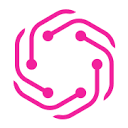
Robovision specializes in computer vision AI within the industrial automation sector. The company offers a platform that enables businesses to integrate vision intelligence into machines. Robovision's services include visual data capture, annotation, curation, AI model training, testing, optimization, and deployment for various industries such as agriculture, manufacturing, and healthcare. It was founded in 2012 and is based in Ghent, Belgium.
Ikomia specializes in open-source tools for scaling computer vision projects within the technology sector. The company offers a Python API for building computer vision solutions, a desktop application for crafting projects, and a SaaS platform for automated deployment. Ikomia primarily serves engineers and data scientists in the technology sector who require streamlined computer vision workflows. It was founded in 2019 and is based in La Rochelle, France.
Loading...
